 Carol Got Unstuck
Carol Got Unstuck
“Last summer I imagined being 80 years old and asked myself, ‘What regrets would I have?’ Not finishing and publishing my book. That would be a big regret.” Carol A. Lambert’s work on her book and book proposal had slowed down due to a couple of personal transitions.
“Life got in the way. My progress was slow, on and off.”
When she anticipated the potential regret of not finishing, Carol decided to make the book a priority again.
“I felt stuck, though, not as energized. Then I got an email to sign up for the free call Writing in the Zone.” That call inspired Carol to sign up for the series of the same name.
The 6 Elements That Got Carol Unstuck
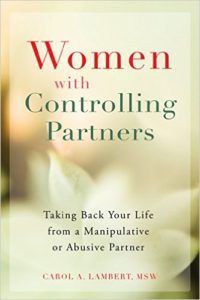
Several elements of Writing in the Zone helped Carol overcome her writing challenges:
1. Passion: “Writing in the Zone helped me find my way back to my passion.”
2. Commitment: “I needed a committed way to make it happen. In the class, I made a commitment to the process, to Lisa and to my accountability partner. That worked. It helped me follow through.”
3. Structure: “The structure kept me on task. Weekly calls with my accountability partner also made it easy to stay on track.”
4. Community: “When my partner felt a lack of confidence and asked, ‘Who am I to write a book?’ I sent her the Marianne Williamson quote, ‘Who are you not to…?'” The mutual support, just 15 minutes a week, energized Carol.
5. Vision: “I loved the exercise of creating a vision statement. And hearing other people’s vision statements also helped me clarify mine.”
6. Momentum: “The focus on gratitude at the end of each writing session left me feeling inspired and grateful instead of disappointed. That was very powerful for me. Writing in the Zone got me unstuck and carried me through the rest of the process.”
In Carol’s case, after she got unstuck, “the rest of the process” meant completing a book proposal with brainstorming, guidance and feedback from me. We queried two acquisitions editors I knew and Carol received offers from both publishers. Both publishers were very excited about Carol’s book, Women with Controlling Partners and Carol and I are thrilled with the level of passion and resources that New Harbinger brought to publishing and promoting her book. ![]()
November 2017 Update:
Carol’s book is now published and you can buy it here.
While I am not currently teaching Writing in the Zone, I will be teaching Bring Your Book to Life® in February and it’s not too early to sign up and begin the private work with me to get started!

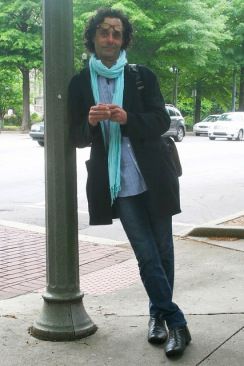 Last year, my colleague, the hyper-creative, witty and multi-talented Greg Miller, told me he was working on an ebook and asked if he could share an article I’d written as a resource in it. I was flattered, of course, and curious. Recently I had a peek at the book – and it is more inspiring, brilliant, practical and playful than I even imagined when he first shared the idea.
Last year, my colleague, the hyper-creative, witty and multi-talented Greg Miller, told me he was working on an ebook and asked if he could share an article I’d written as a resource in it. I was flattered, of course, and curious. Recently I had a peek at the book – and it is more inspiring, brilliant, practical and playful than I even imagined when he first shared the idea.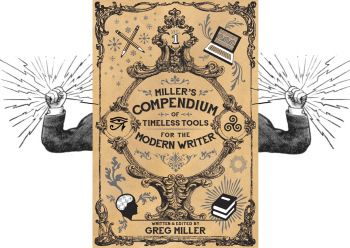 Greg: Many people will probably use the Compendium the way I’m already using it in my writing. I’ve used Aristotle’s Elements of Complex Plots to develop storylines. I’ve used Vonnegut’s Axis to chart the protagonists’ story arcs. I’ve applied specific narrative techniques from Patricia Highsmith and Parker & Stone (of “South Park” fame) to plot developments and I routinely use several outline techniques (out of twelve listed in the Compendium). I’ve also browsed it for additional perspectives, prompts and brainstorming ideas.
Greg: Many people will probably use the Compendium the way I’m already using it in my writing. I’ve used Aristotle’s Elements of Complex Plots to develop storylines. I’ve used Vonnegut’s Axis to chart the protagonists’ story arcs. I’ve applied specific narrative techniques from Patricia Highsmith and Parker & Stone (of “South Park” fame) to plot developments and I routinely use several outline techniques (out of twelve listed in the Compendium). I’ve also browsed it for additional perspectives, prompts and brainstorming ideas.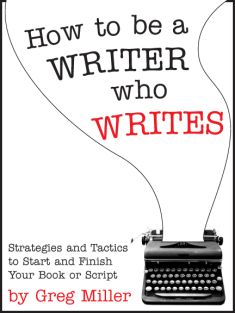 Greg: It took years. I originally thought it would be the Appendix to my first book,
Greg: It took years. I originally thought it would be the Appendix to my first book,  Greg: Thanks. I love the graphics (I say with all humility, because I didn’t make them). The book was originally just text. “Yes, but…” said a friend of an early draft, “it has to look like something.” Of course it did! You can’t just have page after page of words and lists, no matter how well organized. I started thinking about how to make it look like something – and what that something should be.
Greg: Thanks. I love the graphics (I say with all humility, because I didn’t make them). The book was originally just text. “Yes, but…” said a friend of an early draft, “it has to look like something.” Of course it did! You can’t just have page after page of words and lists, no matter how well organized. I started thinking about how to make it look like something – and what that something should be.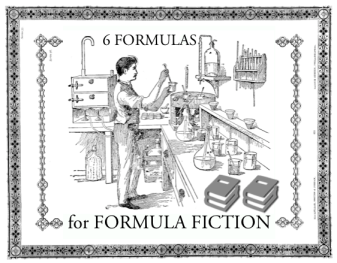 Greg: I found so many brilliant graphic ads while researching the Compendium, I wanted a way to share those too. A lot of the ads are for writing supplies; typewriters, ink, paper, pens and pencils – when their artistry was arguably at its height, and graphic art itself was flourishing, so they’re beautiful. And most of them celebrate the tools writers used then and still use today, so they’re inspirational.Lots of old books (and catalogs) included advertising supplements, so it was natural to create one in the Compendium where I could showcase the vintage ads.
Greg: I found so many brilliant graphic ads while researching the Compendium, I wanted a way to share those too. A lot of the ads are for writing supplies; typewriters, ink, paper, pens and pencils – when their artistry was arguably at its height, and graphic art itself was flourishing, so they’re beautiful. And most of them celebrate the tools writers used then and still use today, so they’re inspirational.Lots of old books (and catalogs) included advertising supplements, so it was natural to create one in the Compendium where I could showcase the vintage ads.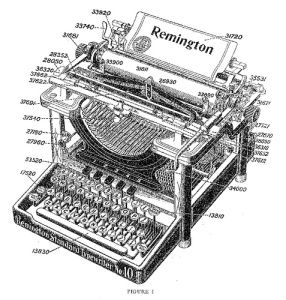 Greg: The funds are for the actual direct production costs of the First Edition e-book.The campaign goal is $5600. That’s $600 for the (amazing!) cover, $1200 for a professional copy edit, $500 for Kickstarter fees and $3300 for production layout, programming and production of the e-book (for epub and mobi). The Compendium is big and it has a lot of external and internal links that each have to be individually programmed and triple-checked for all formats. Production of an e-book of this complexity is what costs. You can’t just run it through Smashwords. You can find all the details on
Greg: The funds are for the actual direct production costs of the First Edition e-book.The campaign goal is $5600. That’s $600 for the (amazing!) cover, $1200 for a professional copy edit, $500 for Kickstarter fees and $3300 for production layout, programming and production of the e-book (for epub and mobi). The Compendium is big and it has a lot of external and internal links that each have to be individually programmed and triple-checked for all formats. Production of an e-book of this complexity is what costs. You can’t just run it through Smashwords. You can find all the details on 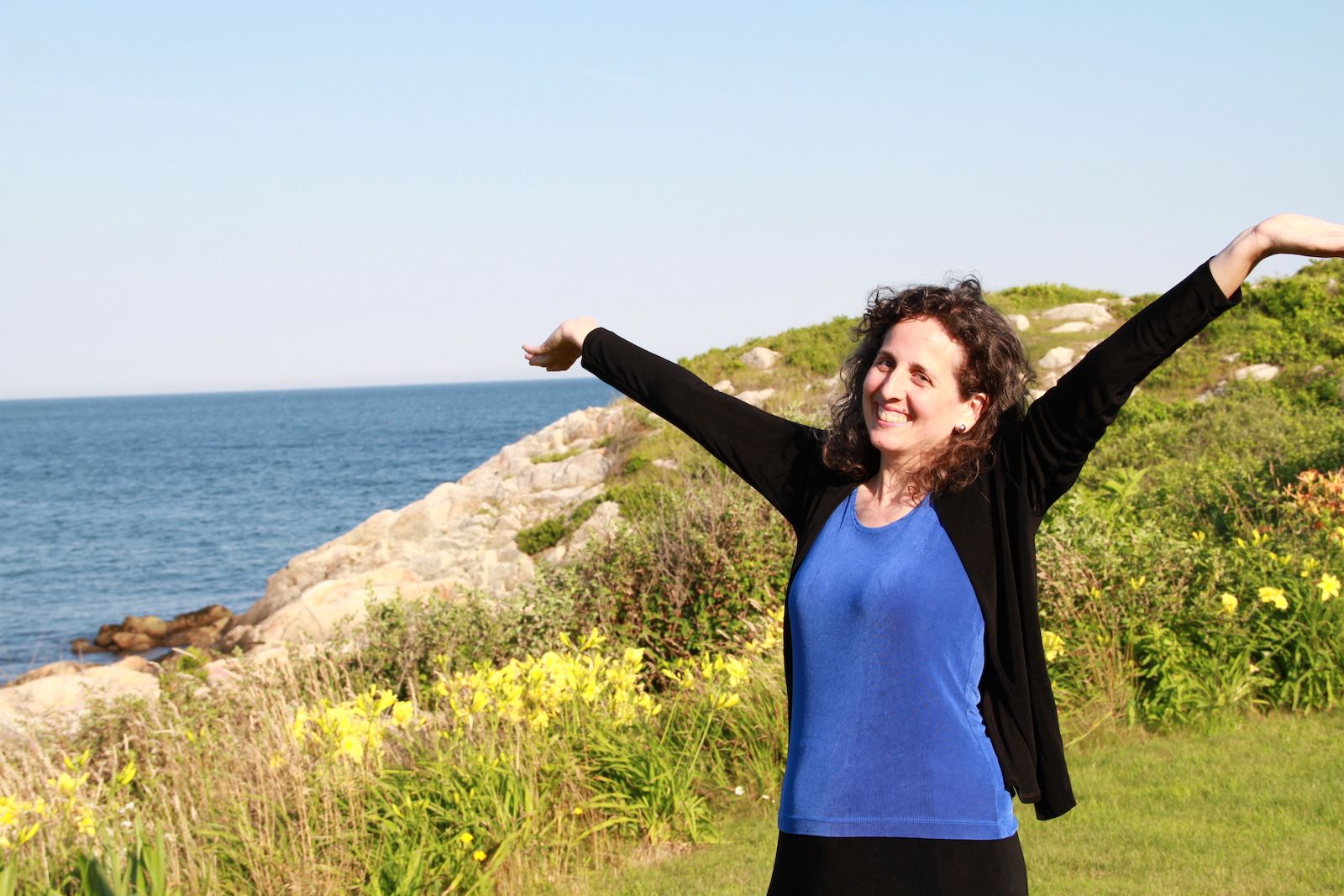
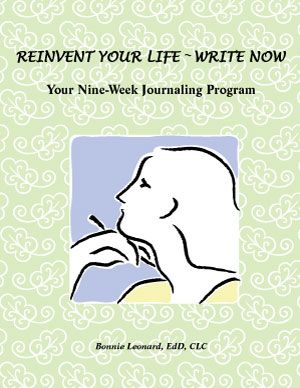 Writers often refer to a writer’s “voice.” Recently, my friend and client,
Writers often refer to a writer’s “voice.” Recently, my friend and client,  I’d like to share a story about my recent experience with simplicity because it points to a powerful strategy for book writing.
I’d like to share a story about my recent experience with simplicity because it points to a powerful strategy for book writing.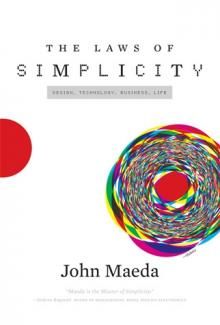 Then, I stumbled upon a book at the library, John Maeda’s The Laws of Simplicity, published at my Alma Mater (MIT Press). John got me thinking about how to simplify the process from class participants’ point of view. Rather than trying to give them everything at once, I thought about how they could access what they needed as needed and have one easy place to find the information when they most needed it.
Then, I stumbled upon a book at the library, John Maeda’s The Laws of Simplicity, published at my Alma Mater (MIT Press). John got me thinking about how to simplify the process from class participants’ point of view. Rather than trying to give them everything at once, I thought about how they could access what they needed as needed and have one easy place to find the information when they most needed it.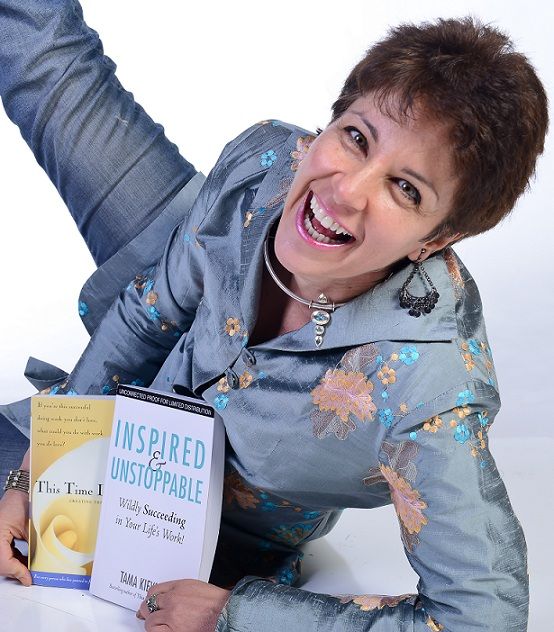
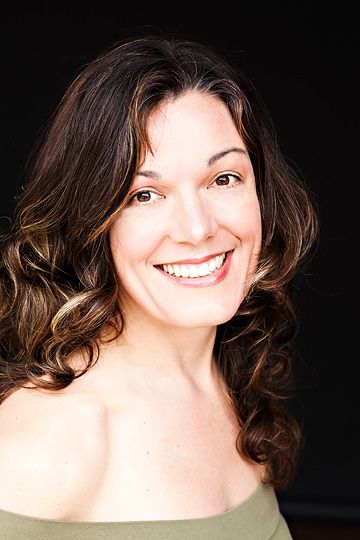

 Padma Ventatrama is the author of three multi-award winning novels, the most recent,
Padma Ventatrama is the author of three multi-award winning novels, the most recent, 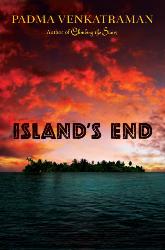
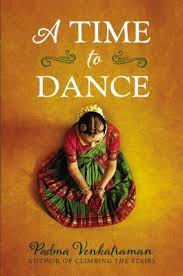
 I loved this post from my copywriter Nancy Tierney at Firecracker Communications. This tip for “Wild Horse Writing”–
I loved this post from my copywriter Nancy Tierney at Firecracker Communications. This tip for “Wild Horse Writing”– I’m not always the best at choosing images for my blog posts. In fact, I often default to my over-used head shot. So, I loved Rachel Vane’s post on
I’m not always the best at choosing images for my blog posts. In fact, I often default to my over-used head shot. So, I loved Rachel Vane’s post on 